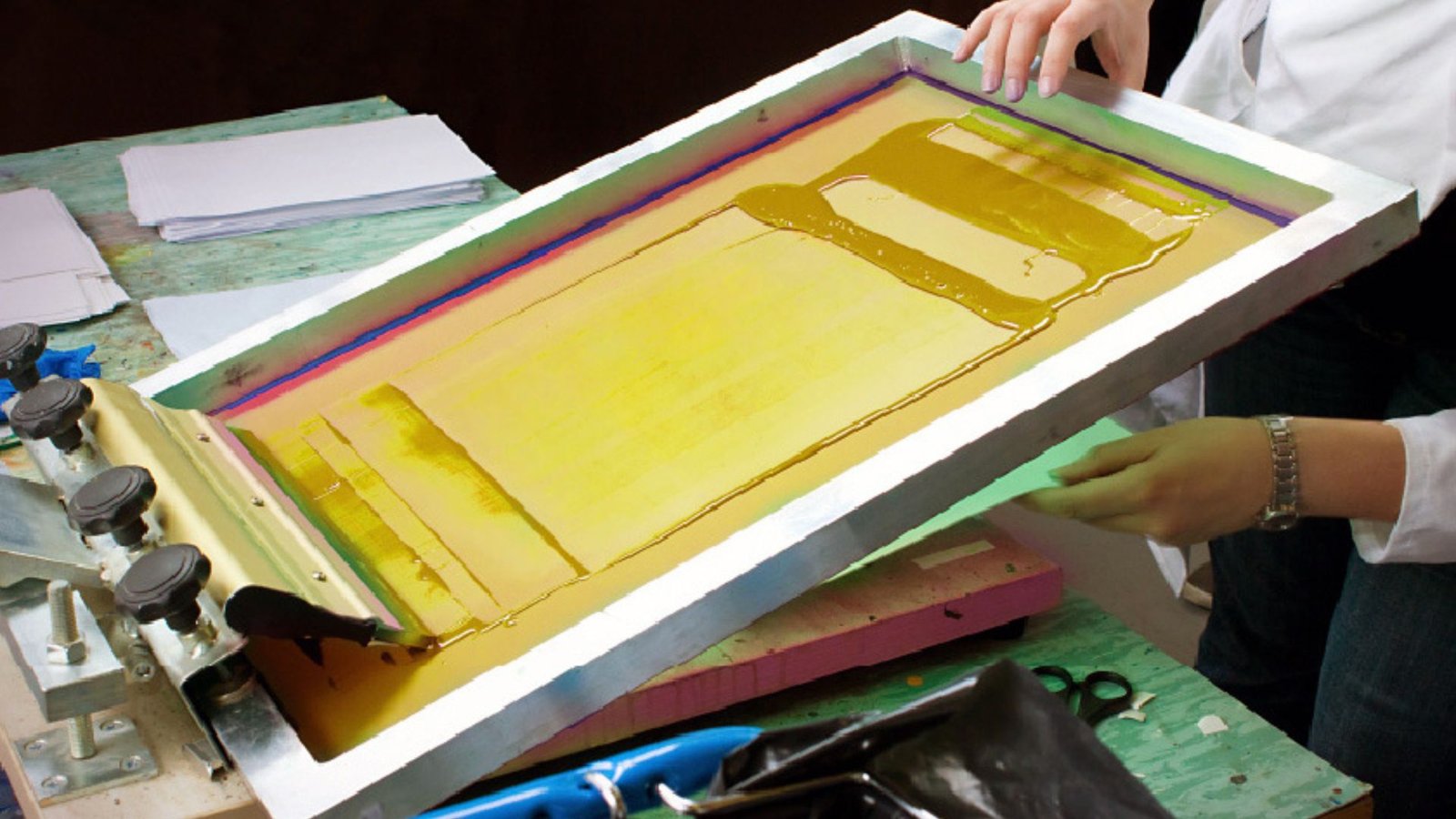How technology is enhancing screen printing processes is a topic that has garnered much attention in recent years. As technology advances, so too do the methods and tools used in the screen printing industry. New innovations are making the process faster, more precise, and more cost-effective, enabling businesses to deliver higher-quality products with less effort. In this post, we’ll explore how technology has shaped screen printing and the significant improvements it has brought to the process.

The Role of Automation in Screen Printing
One of the most significant ways technology has enhanced screen printing is through automation. In the past, screen printing was a labor-intensive process that required manual effort for each print. Today, automatic screen printing presses have revolutionized the industry by drastically increasing production speed and consistency. These machines can print large volumes of products with minimal human intervention, reducing errors and increasing output.
Benefits of Automation: Automatic presses can adjust pressure, speed, and ink flow in real-time, ensuring uniform prints with every cycle. This helps businesses keep up with high demand while maintaining quality. Additionally, automated systems reduce the need for skilled labor, lowering overall operational costs.
Digital Technology and Screen Printing
Digital technology is another key factor in improving screen printing processes. The introduction of computer-aided design (CAD) software allows designers to create intricate, high-resolution images with ease. These digital files can then be directly transferred to screens using digital exposure systems, eliminating the need for traditional film negatives.
Impact of Digital Technology: With CAD software, screen printers can easily modify designs, experiment with color schemes, and make quick adjustments without starting from scratch. This reduces design time and allows for more complex designs to be printed with greater precision. Additionally, digital exposure systems offer a faster, more consistent way to create stencils, making the setup process quicker and more accurate.
Advancements in Ink and Material Technology
Technology has also played a major role in the development of new inks and materials used in screen printing. Traditional inks, such as plastisol, are still widely used in the industry. However, advances in ink technology have introduced eco-friendly alternatives like water-based inks and UV-curable inks. These new ink types are more sustainable and offer unique advantages, such as faster drying times and better environmental compatibility.
Advantages of New Inks: Water-based inks, for example, penetrate the fabric more effectively, resulting in a softer feel and more breathable prints. UV-curable inks dry instantly when exposed to ultraviolet light, speeding up production and reducing energy consumption. These advancements in ink technology allow printers to meet the increasing demand for eco-friendly and high-quality products.
Screen Printing with Precision and Accuracy
Technology has also enhanced the precision and accuracy of screen printing. Modern screen printing machines are equipped with sensors and sophisticated software that enable printers to achieve higher levels of detail. These systems can detect even the smallest misalignment or defect in the printing process, automatically adjusting the machine to correct the error.
Precision Improvements: The use of precise alignment systems, automated registration controls, and finer mesh screens has made it possible to achieve sharper, more detailed prints. This level of accuracy is essential for complex designs or prints that require multiple colors and fine lines. With the help of technology, printers can now produce high-quality, intricate designs with much greater ease.
The Integration of Hybrid Printing Techniques
Hybrid printing techniques that combine screen printing with other methods, such as digital printing or heat transfer, are also becoming more common. These hybrid systems combine the best aspects of each technique, allowing printers to achieve greater flexibility in their projects. For example, digital printing can be used to print high-resolution images, while screen printing can be used for bold designs or large areas of color.
Benefits of Hybrid Printing: Hybrid printing systems offer increased versatility, making them ideal for businesses that handle a wide range of products and printing techniques. The integration of digital printing with traditional screen printing allows for more efficient use of resources, faster turnaround times, and the ability to print on various materials with high precision.
Conclusion
In conclusion, technology is playing a crucial role in enhancing screen printing processes. Automation, digital technology, advancements in ink and materials, precision improvements, and the integration of hybrid printing techniques have all contributed to making screen printing more efficient, accurate, and sustainable. As technology continues to evolve, the future of screen printing looks even more promising, with new innovations constantly reshaping the way businesses approach the process. By adopting these technological advancements, businesses can remain competitive and continue to deliver high-quality products to their customers.











